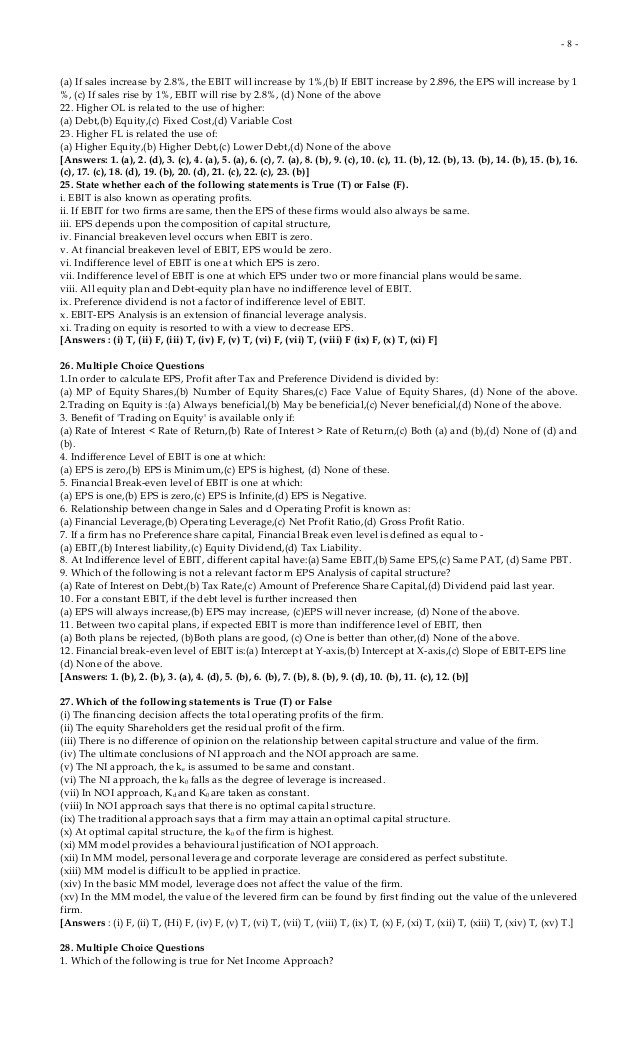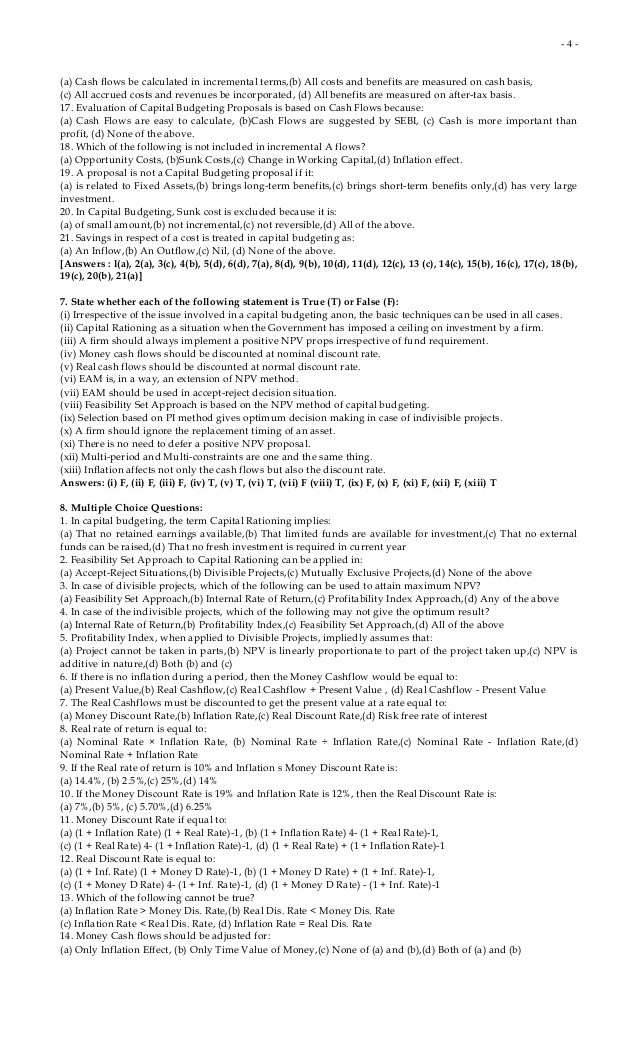What is the required rate of return Questions & Answers
Post on: 24 Май, 2015 No Comment

What is the required rate of return?
The required rate of return is the minimum return an investor expects to achieve by investing in a project. An investor typically sets the required rate of return by adding a risk premium to the interest percentage that could be gained by investing excess funds in a risk-free investment.
The required rate of return is influenced by the following factors:
- Risk of the investment. A company or investor may insist on a higher required rate of return for what is perceived to be a risky investment, or a lower return on a correspondingly lower-risk investment.
- Liquidity of the investment. If an investment cannot return funds for a number of years, this effectively increases the risk of the investment, which in turn increases the required rate of return.
- Inflation. The required rate of return must be layered on top of the expected inflation rate. Thus, a high expected inflation rate will drastically increase the required rate of return.

The required rate of return is useful as a benchmark or threshold, below which possible projects and investments are discarded. Thus, it can be an excellent tool for sorting through a variety of investment options. However, management might deliberately opt to ignore this metric and invest heavily in an area considered to be of long-term strategic importance to the business; in this case, the expectation is that the required rate of return will indeed be met, but at a point well in the future.
The required rate of return is not the same as the cost of capital of a business. The cost of capital is the cost that a business incurs in exchange for the use of the debt, preferred stock, and common stock given to it by lenders and investors. The cost of capital represents the lowest rate of return at which a business should invest funds, since any return below that level would represent a negative return on its debt and equity. The required rate of return should never be lower than the cost of capital, and it could be substantially higher.
The level of the required rate of return, if too high, effectively drives investment behavior into riskier investments. Thus, a 3% rate of return would allow one to invest in a variety of low-risk opportunities, whereas a 15% rate of return would likely eliminate the lower-risk options, leaving an investor with a much smaller number of higher-risk alternative investment opportunities.
Related Topics














